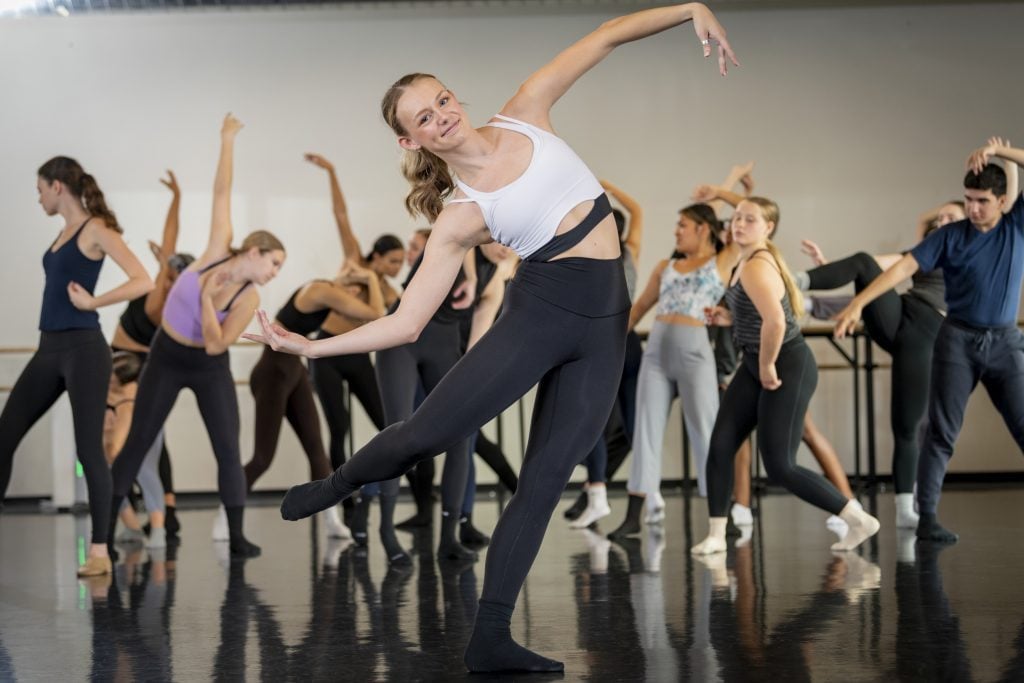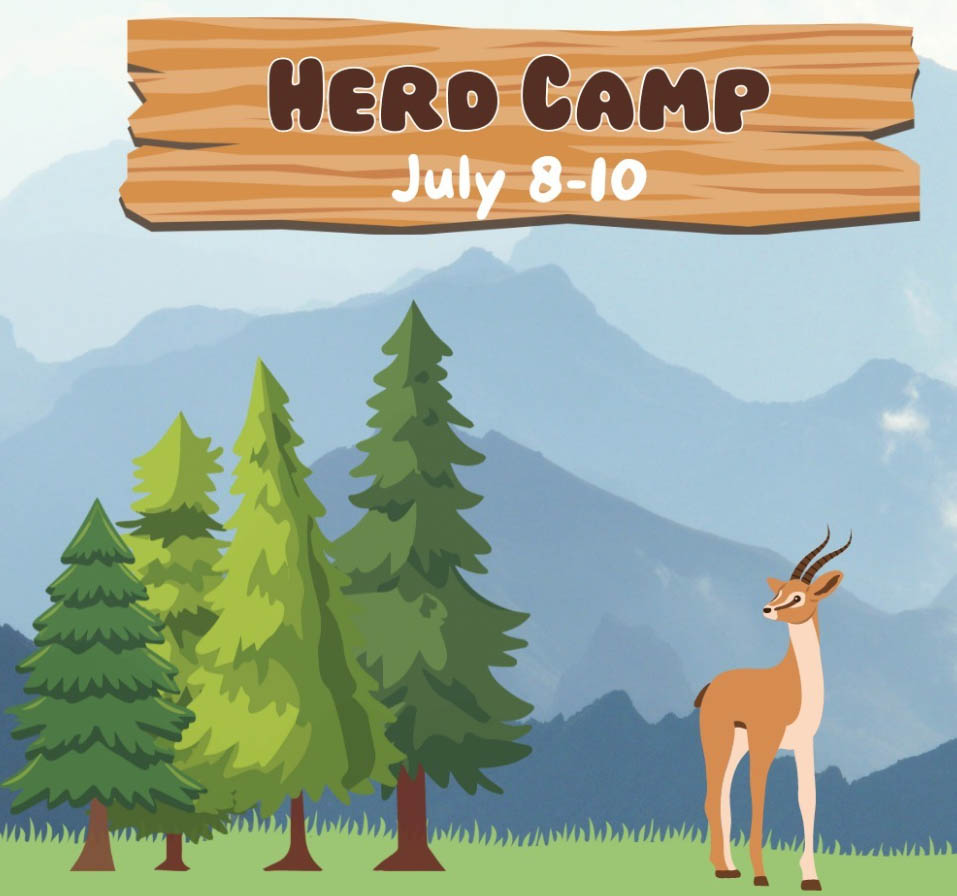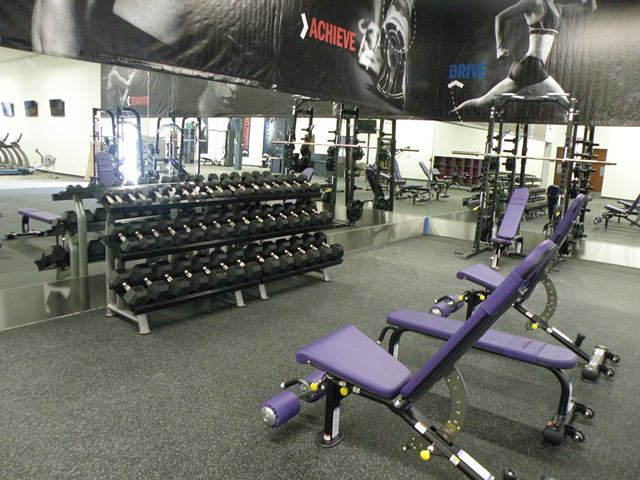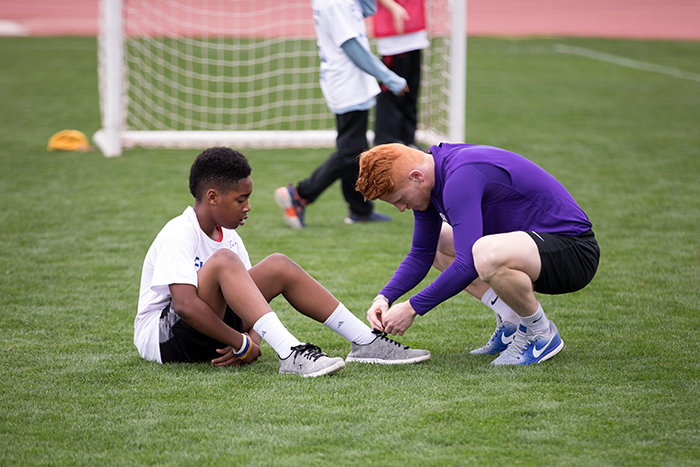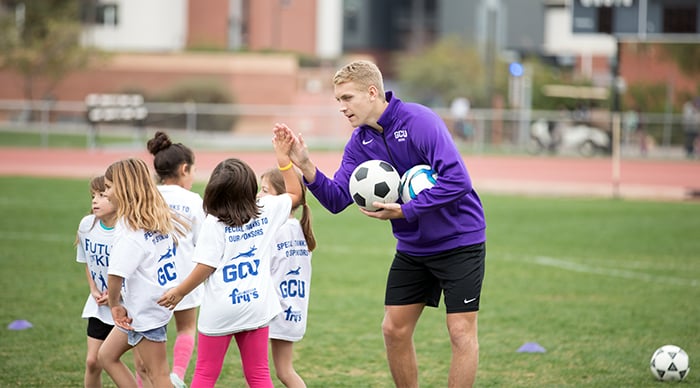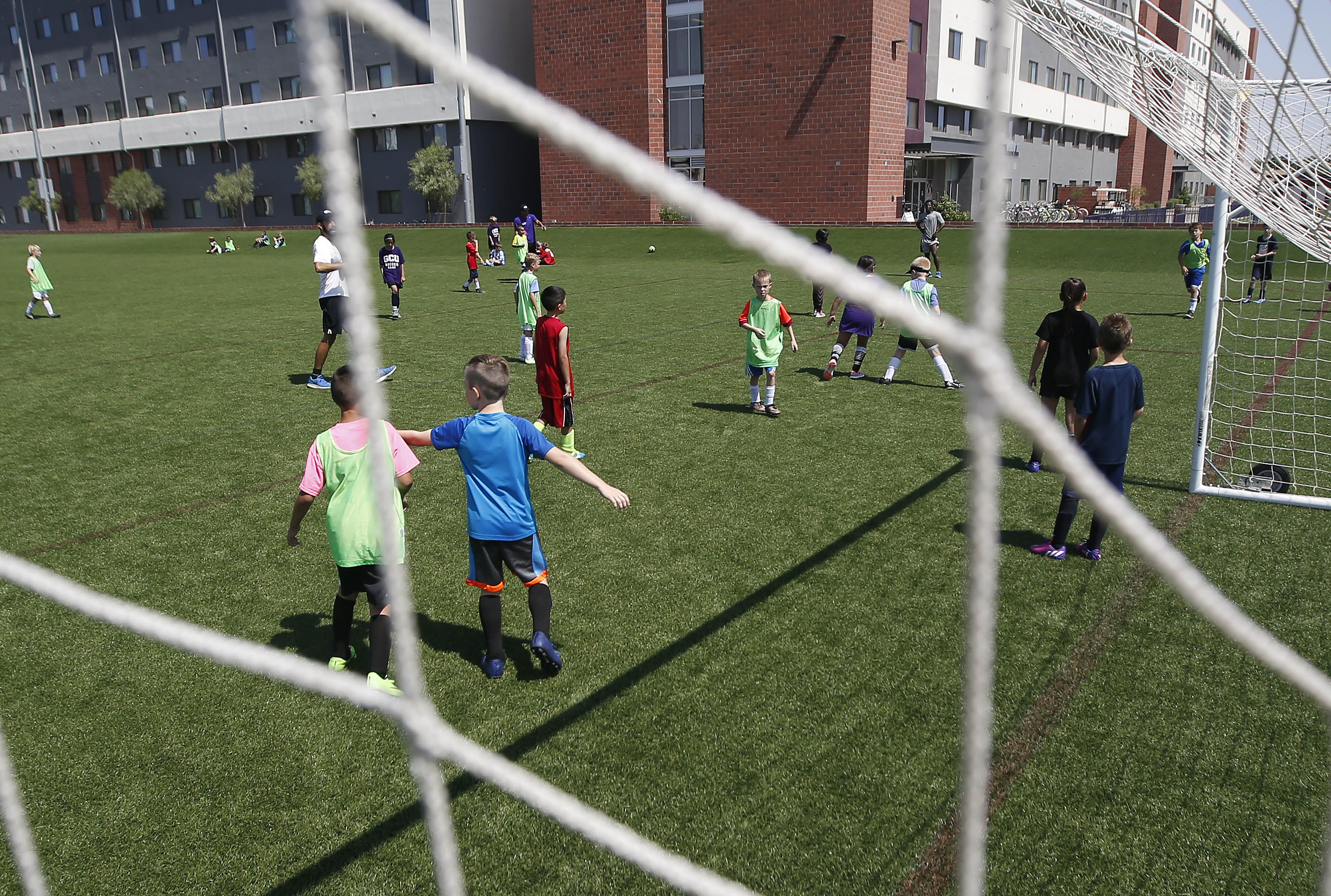
By Lana Sweeten-Shults
GCU News Bureau
Trevor MacKenzie found himself in a quandary in his teaching career.
The Victoria, British Columbia-based English teacher, who coached teams of educators recently on the GCU campus as part of the Canyon Inquiry Project, just couldn’t reach one of his students – a student who was dealing with poverty and drug addiction in his family.
Garrison would drift into school, then drift out for a day. Two days. A week.

Then one day he didn’t show up – for two months.
But it wouldn’t be the last time MacKenzie would see him. Driving through town one day, he spotted Garrison and took the opportunity to chat with his former student.
That’s when MacKenzie saw what really made Garrison tick –graffiti art. In his art, the teacher saw symbolism. He saw poetry. He saw those things he tries to teach in his English classes.
Garrison inspired a major shift in teaching for MacKenzie, an advocate of inquiry-based learning, which is a more active learning style driven by student-planned and student-created projects that reflect their passions.
That teaching model is the meat 'n’ potatoes of the Canyon Inquiry Project, which will continue with workshops on Oct. 27, Dec. 1 and Feb. 28. GCU chose 10 high school school teams – each team is made up of an administrator and two teachers -- to participate in the education series, which will culminate with a student project showcase and awards ceremony May 8.
It will be a yearlong journey of professional development for these Arizona educators. As a plus, participants will receive $1,000 completion awards for completing the project along with $175 school grants for classroom projects. Also, $10,000 in student scholarships may be awarded to eligible high school juniors and seniors for exemplary student projects.
“We’re empowering teachers to be instruments of change in their classroom,” said Kathryn Scott, Executive Director of GCU’s Strategic Educational Alliances. “We want students to understand they have a choice. We’re giving students a voice and a choice … in terms of projects.”
Garrison ended up having his own voice in his education.
MacKenzie knew if he were to stay in school, he would have to be more invested in his own learning. After spotting him that day, he asked Garrison to write an essay on the inspirations behind his graffiti art. The student, who never seemed excited to be in school, returned to class, essay in hand.
Soon the art teacher came up with projects for Garrison, too.
MacKenzie knew he had to teach differently and embraced inquiry-based learning. He shared what he learned in his book, “Dive Into Inquiry: Amplify Learning and Empower Student Voice.”
Fancy education buzzword name aside, the idea behind inquiry-based learning is simple. Instead of teachers standing in front of a classroom lecturing to students who are sitting there passively, and instead of students robotically memorizing facts, inquiry-based learning gets students more actively involved in their learning.
This teaching model is also called project-based learning since it is heavily project based.
Students generally come up with an inquiry – something they want to investigate – and then craft projects to find the answers. Most of the time, those projects are centered around what the student is interested in, whether it’s graffiti art, dance or even video games.
“We’re still teaching like we’re in the industrial age,” Scott said, and that has to change, particularly in the face of Google, when a student can find answers simply by doing a Google search. “As a result, what are we doing to meet the needs of these kids? … These kids NEED to learn to be critical thinkers. They need to learn to problem-solve … and to create.”
It’s why Scott was so excited to bring MacKenzie to campus.
“I found Trevor at last year’s Arizona Google Summit,” Scott said, and a copy of his book also came across her desk. She knew GCU had to have him coach teachers here. “… I’m a firm believer in inquiry-based learning. It excites me.”
MacKenzie, a technology buff who showed participants everything from Flip Grid (a video discussion platform) to Kahoot (a game-based learning platform), said inquiry-based learning isn’t anything new.
“But I think it’s making a resurgence because we see the downfall of passive learning. … It’s more trendy because the need has changed.”
MacKenzie said inquiry-based learning starts, as the name says, with a question. At the same time, “the biggest transformational shift … is beginning learning with a question.”
He introduced teachers to the Four Pillars of Inquiry: Exploring a passion, aiming for a goal, delving into your curiosities and taking on a new challenge.
MacKenzie showed teachers a project he did in which his students – he teaches at Oak Bay High School in Victoria, British Columbia – had to read “Into the Wild.” They had “a plethora of projects" they could do in relation to the book, everything from poems to art projects.
He breaks student inquiry down into steps, gradually increasing how much control students will have over their learning. Giving students too much control too early will leave them lost.
MacKenzie’s model starts with structured inquiry, when students follow the lead of the teacher as the whole class engages in one question together. It ends with free inquiry, when students choose their topics without reference to any prescribed outcome.
If students have more control over their learning, MacKenzie said educators wonder what they’re doing in the classroom.
“I think it’s scary for some teachers. They say, ‘Oh my God, what’s my role?'”
MacKenzie said he sees his role as being the one to grapple with information and the one to decide what’s valid and what’s not.
Dance teacher Nicole Gonzales of Buckeye Union High School was one of the 30 educators at the first Canyon Inquiry Project workshop.
“What I’m learning is I already do incorporate inquiry-based learning, just in different ways,” Gonzales said.
She was ready to start delving into the teaching style the next school day.
“We’re going to start with … incorporating passion – what is your passion?” Gonzales said.
Althea Carling, a science teacher at Heritage Academy Queen Creek, said she has heard of inquiry-based learning before this project, but “it’s new to me in a lot of ways. … It’s focusing on the learner more … to where they can pose their own question and explore their own idea.”
MacKenzie ended the workshop by showing a few videos of students who built projects surrounding their passions, such as Abu, an Afghan-American who, as a high school student, taught himself Machine Learning by simply Googling it on the Internet. He said Machine Learning "hit something within me," and he used that passion to start building an early-detection system for breast cancer.
"I want all of my kids to have something that resonates," he said.
Contact Lana Sweeten-Shults at (602) 639-7901 or [email protected].

